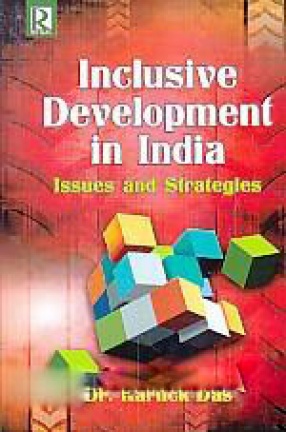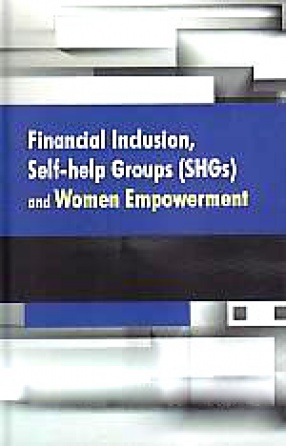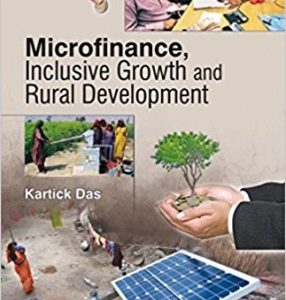
Kartick Das

Showing all 10 books
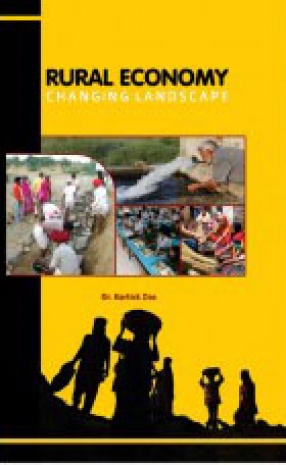




The book is intended to examine different parameter of human development in India taking into consideration of economic growth of India in recent past and to what extent economic growth remained inclusive for disadvantage and vulnerable groups in India. There is very little disagreement that the Indian macroeconomic performance has indeed been credible - higher and resilient growth, rising per capita income, a change in the national psyche, which is buttressed by ...

Despite of the relative satisfactory performance in some of the macroeconomic variables and spending thousands of crores of rupees for rural development programmes aimed at improving the nation's social indicators, large part of the rural population still lack access to basic services in health, education, clean drinking water, sanitation and housing. The problem of rural economy cannot be viewed or tackled in isolation from changes affecting the urban landscape. ...


Higher education in India is passing through a phase of unprecedented expansion, marked by an explosion in the volume of students, a substantial expansion in the number of institutions and a quantum jump in the level of public funding. The enormity of the challenge of providing equal opportunities for quality higher education to ever-growing number of students is also a historic opportunity for correcting sectoral and social imbalances, reinvigorating ...
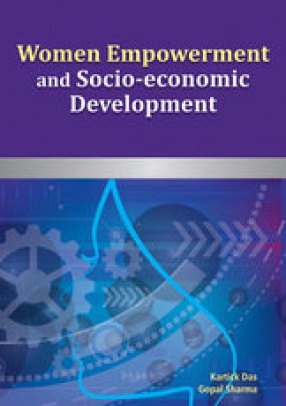
Empowerment of women through gainful employment is a constituent - as well as instrument - of development in any country. No country can be deemed developed if half of its population is severely disadvantaged in terms of basic needs, livelihood options, access to knowledge and political voice. A natural corollary of ensuring gender equality is the elimination of gender discrimination. Women's lack of economic empowerment not only impedes growth and poverty ...

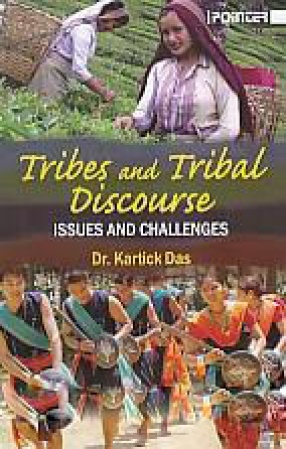
India has a unique place in the tribal community of the world. In our country the tribal population, which is numerically considerable, is concentrated in various tribal belts as well as in non-tribal belts. There are about 700 tribal communities in India. According to the 2011 Census, there are 24,94,54,252 households, of which 2,14,67,179 households belong to ST population. Total population in the country is 1,21,05,69,573, out of these 10,42,81,034 are ...
